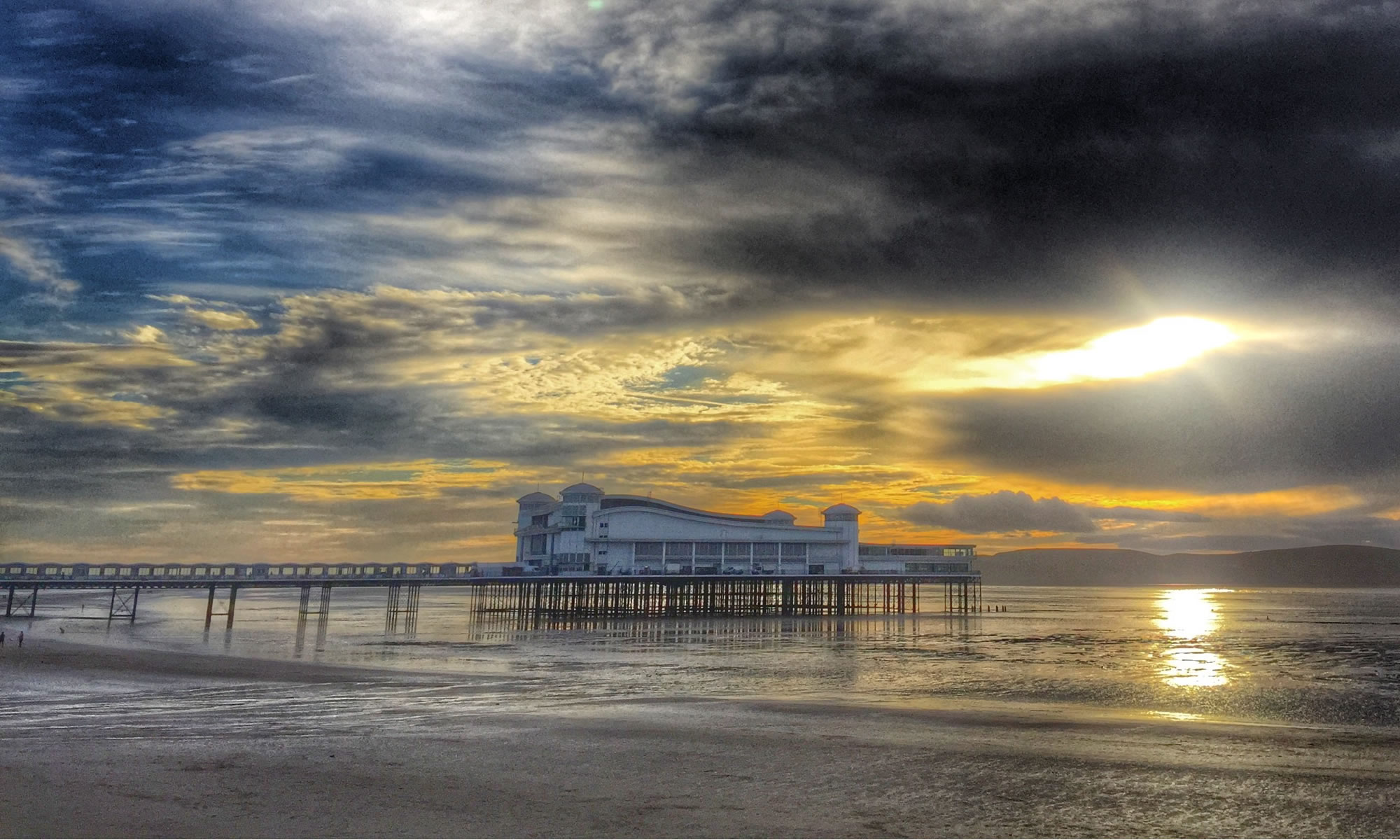Incredible video of Endeavour as she was moved slowly across LA.
Mission 26 The Big Endeavour from Givot on Vimeo.
Via Venturebeat

Bits and pieces, news, views, reviews and stuff
Incredible video of Endeavour as she was moved slowly across LA.
Mission 26 The Big Endeavour from Givot on Vimeo.
Via Venturebeat
My children love playing with Lego and last weekend we spent a day at STEAM looking at Lego models. I will upload photographs from that day out later, but in the meantime I discovered through @IaninSheffield this incredible Lego model of the Bat Cave.
Some one had a lot of time (and a lot of Lego). While we’re at it, why do Americans (particularly, but not exclusively) call many pieces of Lego, Legos? The plural of Lego is Lego. You wouldn’t say Legos brick would you in a similar vein to Courts Martial? Also many sheep are called sheep and not sheeps. Getting off my trivial soapbox now…
See the full Flickr set of photographs and videos.
This is not quite the actual video, but a labour of love. Filmmaker Bard Canning took the four frames a second video from NASA and doing some tweaking (well a month’s worth of tweaking) turned it into this high quality video.

Not long to wait now, 1st September sees the return of Doctor Who.
Asylum of the Daleks – Doctor Who, Complete Series 7

The main railway line to Plymouth and Penzance from Bristol passes relatively close to my house and as a result we often venture down to the line when interesting trains pass by. I think living by the trainline has cultured my boys’ interest in trains and as a result I often find myself dragged to Bristol Temple Meads for a “train ride” or to the STEAM Museum in Swindon.
Over the last few weeks the mainline has been awash with steam engines thundering down the railway track. It’s quite amazing and nostagic to see these beautiful pieces of engineering move along the railway track at speed. If you have ever been to a heritage railway the trains move relatively slowly (about 30mph) whereas the steam trains I have seen on the mainline are going significantly faster at about 70mph. They certainly make a difference to the regular HST and Voyager trains we usually see on that line.
At the end of July, there were trains on the Saturday and the Sunday, and this week there were two steam trains within 15 minutes on the Sunday.
The first train had two engines, the 71000 Duke of Gloucester and 60163 Tornado.
The Duke was built in 1954 and withdrawn just eight years later in 1962. Just over ten years later and with most of her important parts “missing” she was saved from scrapping and restored to become a regular on the mainline steaming tours. The second engine probably couldn’t be more different, similar in size, Tornado though is just a youngster completed in 2008. A completely new engine though built to a 1940s design (with many modern improvements). They were moving at some speed with steam and smoke billowing from their funnels and pistons.
On the Sunday, it was the turn of 70013 Oliver Cromwell to steam down the line.
This engine was completed in 1951 and retired in 1968.
There is something about these historical engineering marvels and watching them steam down the railway track. I am sure back in the 1950s and before when there was lots of them, they weren’t exactly seen in the same light. I am glad that not only are they still around, but that they still have the fires lit underneath their boilers and allowed to steam at speed through the countryside.
From the 1908 Olympics. One sport that deserves to be brought back into the current games.

Building the Olympic stadium in Lego
Why not spend 3000 odd hours and two years and build your own WALL-E.
Update
Original video now deleted.
Here is another video of building a WALL-E.